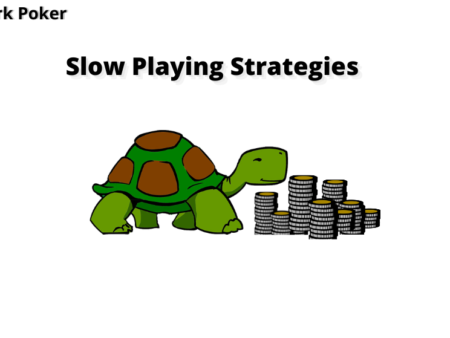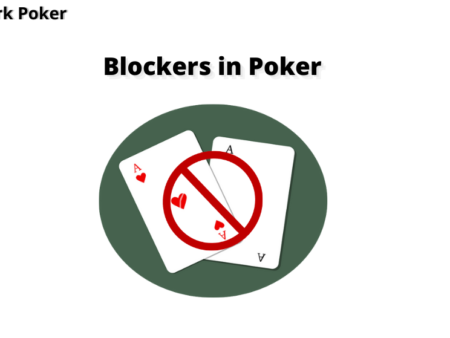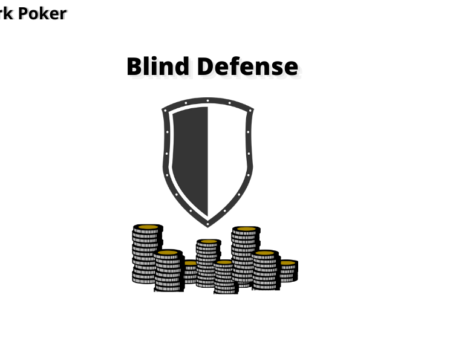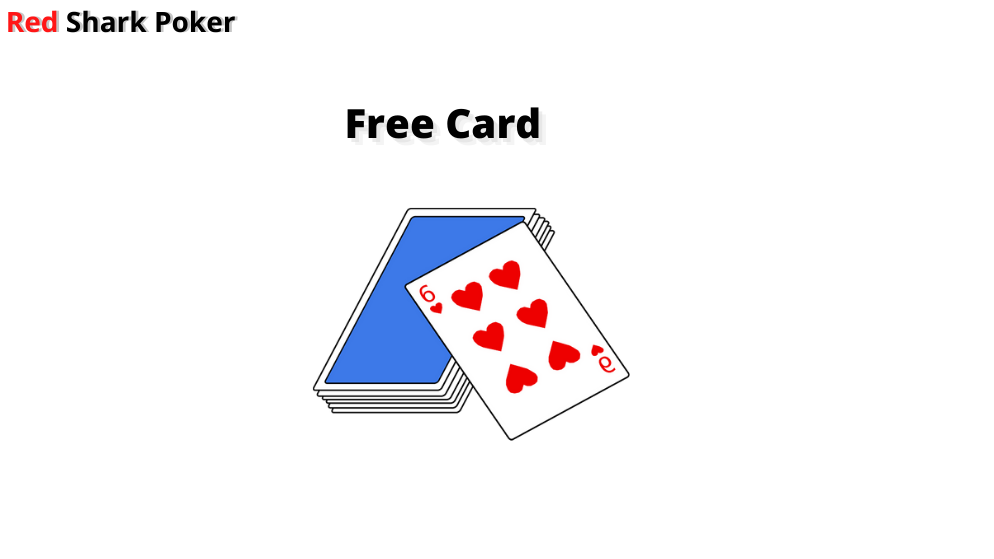
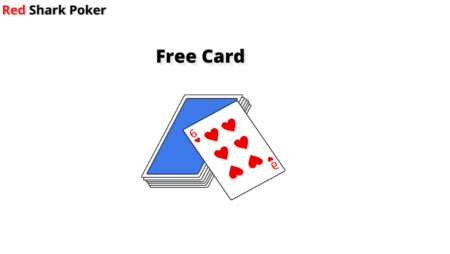
To give or not to give a free card? This question baffles many poker players. If you are giving a free card, will it benefit you or your opponent? Will the free card help you to make money on the later streets? Your move to give a free card will depend on how you answer to above-mentioned questions. So, without any further ado, let’s delve into the topic of the free card in poker!
What is a Free Card in Poker?
The term “free card” is used in a situation where you or your opponent gets to see another card without putting any money into the pot. For example, if you have a drawing hand and your opponent checks on the flop, you can check behind to see a free card on the turn. Similarly, if you are the first to act on the flop and check, you get to see a free card if your opponent also checks behind. The objective of seeing a free card is to save money when you have a drawing card or haven’t connected with the board. This play of seeing the free card depends on your position.
1) Out of Position (First to Act)
2) In Position (Last to Act)
Let’s see how the free card matters when you are in both the positions.
Out of Position
If you are out of position with a drawing hand, the play of seeing a free card can be tricky. Let’s look at two examples.
Example 1
Your Hand: A♦ 9♦
Flop: Q♠ 5♦ 2♦
You have a flush draw and have to act first. You can choose to check for a chance to see a free card. Your opponent has two options – Check or bet.
- If your opponent checks, you get to see a free card.
- If your opponent bets, you can either call or raise.
If your opponent bets, you can choose to call for a chance to complete your draw on the next street. But the optimal poker strategy would be to check-raise here. When you raise here, you will disguise the strength of your hand. Your raise would represent that you have a pair of queens. If your opponent folds, you win the pot right away. However, if your opponent calls and you complete your draw on the next street, your opponent will not likely believe that you have completed your flush. Your bet will seem like bluffs and you can start extracting value from your opponent.
Your Hand: A♦ 9♦
Turn: Q♠ 5♦ 2♦ J♦
Great! You have completed your draw. Will you check again? Well, it depends. If your opponent is a loose-aggressive player who might bet if you check, you can probably check and slowplay. However, if your opponent is a fish, you should probably bet to extract some value.
Example 2
Your Hand: 8♦ 10♥
Flop: 7♠ 9♥ 2♣
You have an open-ended straight draw. You can choose to check for a chance to see a free card. Again, your opponent has two options – Check or bet.
- If your opponent checks, you get to see a free card.
- If your opponent bets, you can either call or raise.
If your opponent bets, you should again check-raise to disguise the strength of your hand. Your raise would represent a top pair, which can help if you don’t complete your draw.
Your Hand: 8♦ 10♥
Turn: 7♠ 9♥ 2♣ J♦
You should bet here as you have a disguised hand (straight). You should value bet and continue extracting money from your opponent. Giving a free card to your opponent won’t be a profitable play here.
In Position
Things are relatively easier when you are in position. If your opponent checks, you can easily check behind to see a free card. We won’t be using an example of draws here. Instead, we will be looking at an example where you have a strong hand.
Your Hand: A♦ Q♥
Flop: Q♠ Q♦ 3♣
You have hit a set on the flop. There are no flush draws and straight draws for your opponent. If you bet here, your opponent might fold right away. If your opponent checks, you can check behind and give a free card to your opponent to improve his hand. If he hits a pair on the later street and bets, you can start extracting value.
Common Mistakes in Giving a Free Card in Poker
A very common mistake of beginners is giving a free card on a wet board. Never give a free card on a board that has the potential to improve your opponent’s hand. Let’s look at an example.
Your Hand: Q♦ Q♣
Flop: Q♠ 5♣ 6♣
You have hit a set on the flop. However, there are two suited connectors on the flop as well. Your opponent might be having a flush or straight draw. If your opponent checks and you check behind, you are allowing your opponent to improve his hand by giving a free card. Make a 3/4 to full pot-size bet to give tough pot odds to your opponent if he is holding a drawing hand.
If you don’t know what pot odds are, read this chapter: How to Calculate Poker Pot Odds?
Should You Be Giving Free Cards to Your Opponent?
In the previous examples, you have seen that your position, the board texture and the type of opponent play an important role in deciding the play of free card in poker. Ask yourself these questions before you give a free card:
- Will the opponent improve his hand with the free card?
- Are you missing out on value if you are giving a free card?
- Are you going to win or lose money by giving a free card?
Most players do not like the idea of giving a free card in poker. If you have a strong hand post-flop, the innate tendency is to bet and extract value. However, giving a free card makes you a very tricky player who has deceptive plays up his sleeve.
Conclusion
Whenever you have the chance to see a free card, think who is going to benefit from it. If your opponent gives a free card, don’t be thankful right away. Be critical of the move and think if the free card is beneficial to you. Before you give a free card, ask yourself if the move will help you to make money on the later streets. If the answer is yes, you can choose to give a free card which will make you a tricky player who can deceive with a disguised hand. And if the answer is no, don’t give a free card in poker, especially on a wet board.

